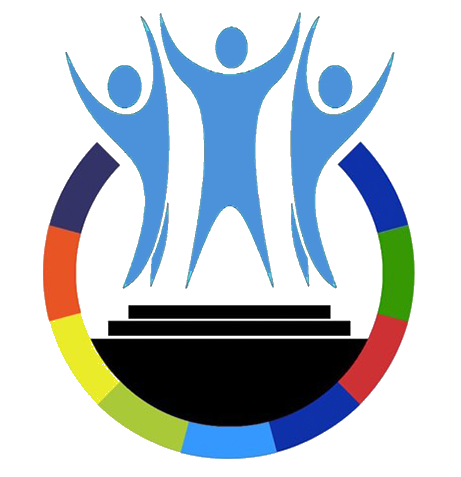

November 27, 2023
Education, Governance
The Supreme Secondary Learner Government (SSLG) stands as the apex governing body, wielding authority over the diverse spectrum of learners at the secondary educational echelon. Functioning as the paramount entity, it orchestrates the collective voice and agency of students across the educational landscape. At the helm of secondary education, the SSLG plays a pivotal role in shaping the scholastic experience of learners. Its multifaceted responsibilities encompass not only the formulation of policies but also the representation of student interests. It act as the conduit through which the myriad concerns, aspirations, and perspectives of secondary learners converge into a cohesive force for positive change. The SSLG’s authority extends across a myriad of domains. Academic matters, extracurricular activities, and student welfare fall within its purview. It serves as the crucible where ideas are forged into actionable initiatives, fostering an environment that nurtures both academic excellence and holistic development. Crucially, the SSLG is desired to be inclusive embodying the principles of democracy within the educational sphere. Elected representatives, often chosen through a democratic process, become the stewards of their peers’ interest. Through this democratic structure, the SSLG encapsulates the spirit of collaboration and shared governance, ensuring that the diverse voices within the secondary learner community are heard and considered. Moreover, the SSLG operates as a learning ground for leadership and civic engagement. Students involved in its activities not only contribute to the betterment of their educational environment but also cultivate essential skills that transcend the boundaries of academia. In essence, the Supreme Secondary Learner Government emerges as the linchpin of secondary education, a dynamic institution that empowers learners, fosters a sense of community, and shapes the trajectory of educational experiences at this crucial stage of development. It is a testament to the belief that the active involvement of students in their own governance is not just a pedagogical concept but a cornerstone of a vibrant, participatory educational ecosystem.